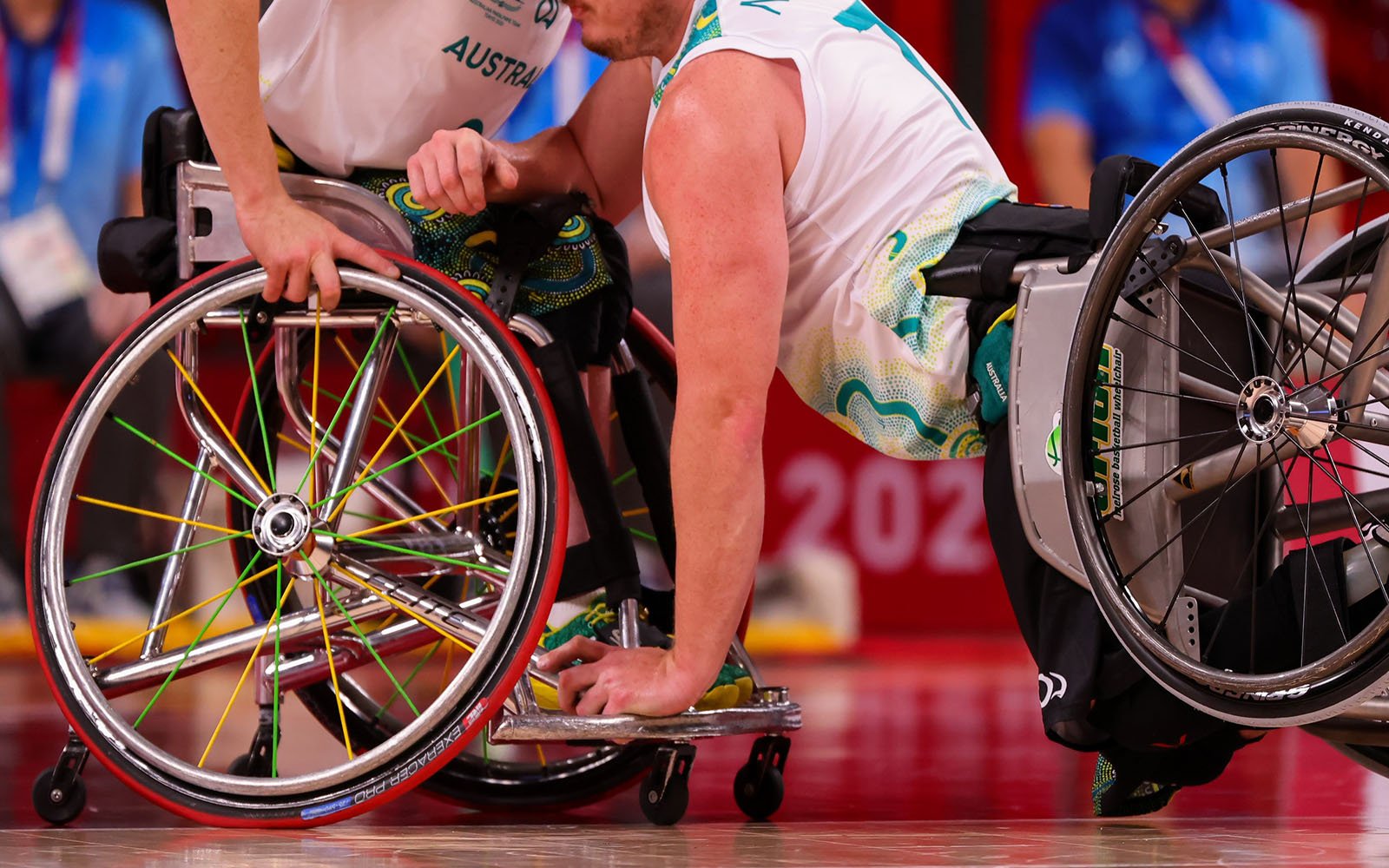A new report focused on skin pressure injuries is set to provide prevention management guidelines for Para-athletes and their teams.
The Clinical Practice Guideline: Pressure Injuries and Skin Health in Para Sport is aimed at educating more medical professionals on how to prevent and treat skin pressure injuries.
The research, a collaboration between Paralympics Australia and the Australian Institute of Sport, has been several years in the making and included specialist wound care nurses, physiotherapists, and occupational therapists.
Pressure injuries can develop in any bony area of the body and can start from other causes such as pimples, rashes, scrapes, burns or bruises.
Chief Medical Officer for the Paris 2024 Australian Paralympic Team Dr Steve Reid said Paralympics Australia was proud to partner the AIS in the development of the clinical practice guidelines.
“The primary document will provide best practice clinical guidance on the prevention and management of pressure injures and general skin health in Para-athletes, for healthcare practitioners such as doctors, nurses, and physiotherapists, that work and travel with Para-athletes and teams,” he said.
AIS Chief Medical Officer Dr David Hughes AM said the work is an important milestone for Para-sport and Para-athletes in Australia.
“This is the first time this information has been collated for sport,” Dr Hughes said.
“It’s important more medical practitioners are aware of the impact of skin pressure injuries, which can have a profound impact on all aspects of an athlete’s life.
“As well as having a negative effect on the ability to work, study and enjoy a normal home life, these injuries result in a loss of training availability and can ultimately derail an athlete’s competition preparation and performance.
“These guidelines provide athletes, coaches, healthcare practitioners and other support personnel with clear, evidence-based information and guidance on the prevention and management of pressure injuries.”
Two-time Paralympic gold medallist and T63 long jump world record holder Vanessa Low welcomed the guidelines, knowing first-hand how pressure injuries can derail both an athlete’s personal and professional life.
“Pressure injuries are always there and it’s all about how we manage them,” Low said.
“There was a big period where I missed out on a block of three months because an injury got so bad that I wasn’t able to wear my legs.
“That obviously had a massive impact on my training and preparation, but also my personal life. Not being able to walk and wear my prosthetics was quite horrible.”
Paralympics Australia Physical Therapies Lead Paula Peralta said a pressure injury could develop quickly.
“A pressure injury can have devastating effect on a person’s quality of life,” she said.
“It could mean a lengthy hospital stay and further disability such as reduced mobility, increased dependence, surgery and infection or sepsis.
“That athlete could also lose valuable training time or miss out on competitions, which we have seen in the past.”
Low said knowing that more medical practitioners would have a knowledge of how to prevent and how to treat pressure injuries, as well as having a one-stop online hub for information, would have a huge impact on Para-athletes around the country.
“Putting these resources together and the expertise of these practitioners that have had a chance to work with a Para-athlete before on solutions that can help in the short and long term is quite important because you don’t have to start off scratch,” she said.
“I really hope a lot of people really start thinking about all these little things that can really turn into bigger things in the lead up to Paris because missing out on training now is definitely going to have more of an impact than any other year.
“We want to make sure that we do what we can to prevent those times away from training and our time away from the things that we love doing.”
For more information about the Clinical Practice Guideline Pressure Injuries and Skin Health in Para Sport, visit the Australian Sports Commission website.
By: Natalie McGarry, Paralympics Australia
Published: 13 March 2024



